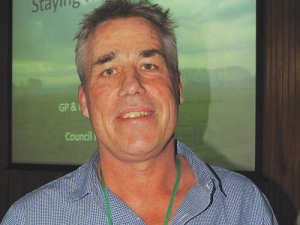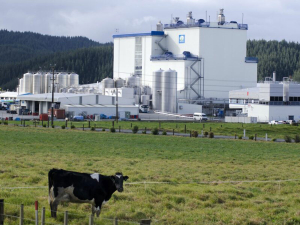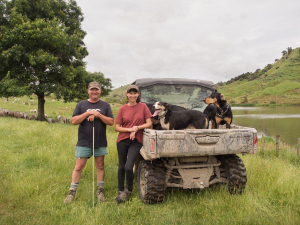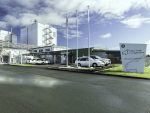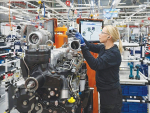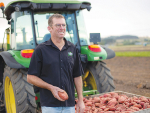“You get a pretty raw deal in rural communities and I think people need to be complaining about it,” Kaikoura-based GP and hospital doctor Chris Henry said.
Already 25% of rural practices are down a doctor and the average age of rural GPs is 54 and rising. Many are over retirement age but still working so numbers could “drop off a cliff” as they retire given young medics’ reluctance to work in rural areas, he warned.
Lack of internet, limited social life and school choice, long or anti-social hours are all factors in that reluctance which Henry suggested Government needs to do more to counter.
However, rural communities could also play a part by championing rural life and welcoming newcomers into their social networks, he said.
“The whole community needs to think about promoting the rural sector, whatever their skill is.”
Telemedicine where doctor and patient consult by phone or preferably visual internet link such as Skype has an increasing role but won’t happen without better broadband.
Meanwhile rural stoicism over ailments or injury can do more harm than good, particularly with ACC using delay in going to the doctor as a reason not to pay.
Henry pointed out that for all the publicity over injury rates in forestry, dairy is in fact the worst sector with 45,000 injuries in the past five years. Stock, followed by vehicles, lifting and falls are the most frequent causes, with a spike in injuries during August.
Within vehicles, across the whole of agriculture quadbikes accounted for 2500 serious injuries and on average five deaths/year in 2008-2013. Some of those would have been rural recreation, not farming, and of the injuries only 10% were head injuries and only 20% of those (ie 2% of total quadbike injuries) were concussions. The quadbike deaths were “nearly all crush injuries.”
“Helmets are clearly a good idea but they’re not the whole answer.”
Over the same 2008-2013 period 180 rural suicides were recorded and that toll is rising whereas there were 112 farm accident deaths and that toll is falling, he added.
“There were over five times as many rural suicides as there were quadbike deaths. Is there the same level of Government interest?.... Sadly not,” he said.
Henry urged SIDE delegates to look after themselves better both mentally and physically and not to confuse being busy with being physically active.
“Perhaps this is the most dangerous thing about quadbikes.”
Half of dairy farmers have high blood pressure, three-quarters have high cholesterol and nearly as many are overweight, he pointed out.
“These are primary risk factors for heart disease. This is going to emerge as quite a significant problem.”

